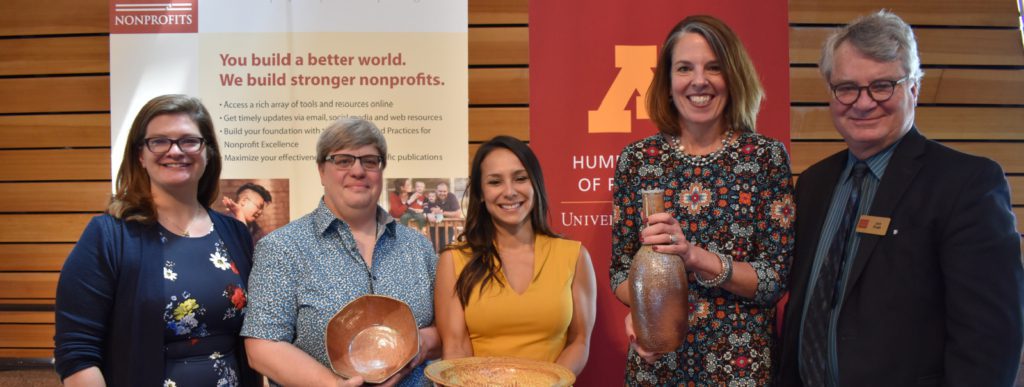I start this by saying that I KNOW Jon Pratt, the recently retired leader of the Minnesota Council of Nonprofits (MCN), would object to my shining too bright a spotlight on him, as he steps away from MCN. For all of you in our sector who know Jon – and, really, there are a lot of you – it is well understood that Jon has always been, and will always be, the embodiment of the quiet, servant leader.
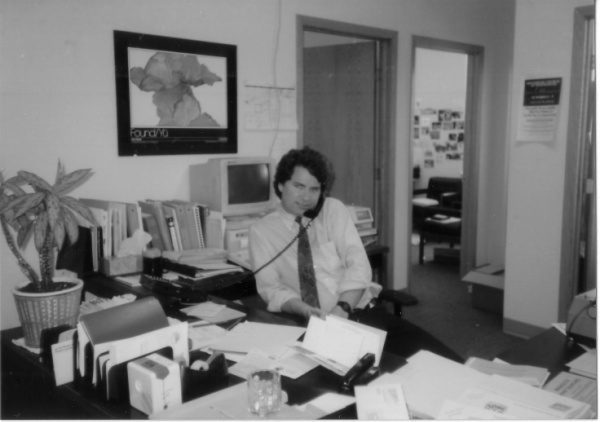
Photo courtesy of Jon Pratt
In this case, the higher cause which Jon has served for so long, and so well, is two-fold:
- the health of this wonderful, messy, creative, bold, and CRITICAL sector of which we are a part, and
- the role that a healthy sector must play in lifting people up and creating a more just and equitable nation in which all people can thrive.
It is always right, I believe, to recognize those on whose shoulders so many have been able to stand. Jon has been an extraordinary leader in his own right, of course. But perhaps even more important is the role that he has played in making the path into our sector clearer and more compelling for so many. For that, we should all be thankful to Jon.
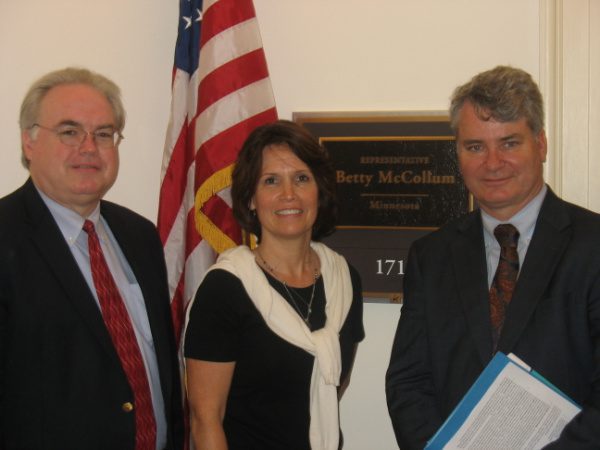
Photo courtesy of Jon Pratt
We had a chance to share a few “reflective questions” with Jon earlier this summer, and, as always, Jon’s thoughtful and gently “directive” answers follow. We want to share those thoughts with you.
Thank you, Jon, for your voice, your wisdom, and your humble leadership through all these years.
– Jeff Moore
Jeff Moore: Cameron Kruger, the chair of the MCN board of directors and president/CEO of the Duluth Children’s Museum, described you as “a reliable advocate and resource to ‘keep the world safe for nonprofits.’” What does it mean to you to have a world where nonprofits are safe?
Jon Pratt: This is MCN’s longtime catchphrase – which borrows from President Wilson’s 1917 declaration to “make the world safe for democracy.” Since the essential roles of nonprofits also depend on the freedoms of speech, association, and the right to petition the government, I also think nonprofit organizations are most likely to be effective when they get to set their own agenda and build on the ideas and energy of their community. MCN has been vigilant to both keep charity regulation reasonable, and to ensure credible enforcement and transparency of funds held in public trust.
JM: In MCN’s press release upon your retirement, they listed your accomplishments during your tenure, including:
-

Photo courtesy of Jon Pratt
serving as the largest employer group to support raising Minnesota’s minimum wage;
- working with the legislature to make Minnesota one of only two states to adopt a non-itemizer charitable tax deduction; and
- advocating, through MCN’s Minnesota Budget Project, for expansion of the state’s working family tax credit, which boosts incomes of lower-income workers and families [combined, in total] by about $280 million annually.
What was the process like and what were the considerations for choosing these policy priorities? When you think back on these policy victories, what do you think about? What do those victories tell us about the work before us now?
JP: A big part of MCN’s job description could be shortened into “and other issues as assigned.” Among a wide range of challenges and opportunities, we often don’t know in advance where public will, legislative timing, and community focus come together.
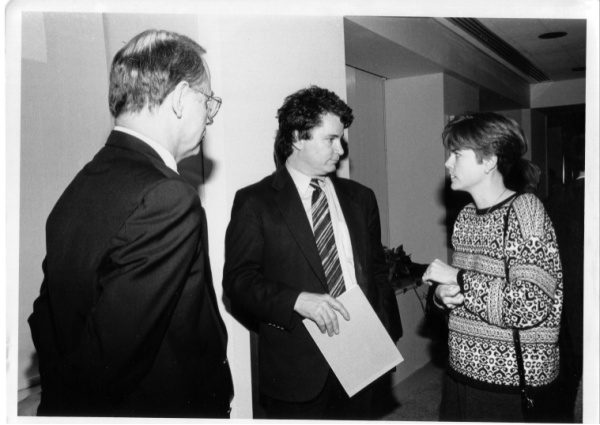
Photo courtesy of Jon Pratt
The nonprofit sector can be said to have a thousand wishes, and when the right forces combine, success has a thousand parents – a good thing, and valuable for joint work on the next issue that gets assigned.
Nonprofits bring a rich body of community experience that is different from business, so we naturally have a different perspective of how to use the levers and lanes of the economy, the role of government, and even human nature. The three issues above demonstrate a range of policies that won approval and contribute to the quality of life in the state.
JM: In 2016, you said a central concern for the sector is how to be “inclusive and diverse and successful at having broad participation.” Five years later, what do you see as the central concern(s) for the sector?
JP: I think the growing wealth gap is a growing problem for nonprofits. The social sector’s favorite 19th century author, Alexis de Tocqueville, hypothesized that, as conditions in democratic societies became more equal, there would be more associations formed by plain citizens. One side of this equation has occurred – a remarkable growth in the income, assets, employment, and public role of U.S. nonprofit organizations.
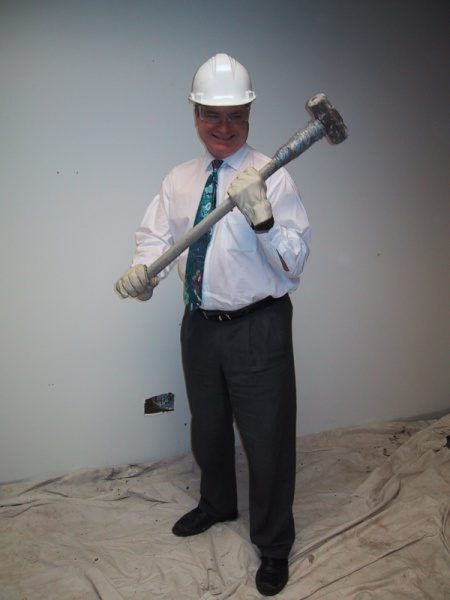
Photo courtesy of Jon Pratt
At the same time, it is the equality of conditions for the people that lags – admittedly a hard needle for nonprofits to move in a market economy. While the last two years’ almost universal adoption of the word “equity” into nonprofit and philanthropic sector vision statements is a symbolic start, the critique of service providers and funders is growing over who benefits and who decides.
JM: What words of counsel would you share with someone contemplating a career in the world of nonprofits? What encouragement and/or caution would you share?
JP: Get on a nonprofit board! The world needs more of what nonprofits do, and working or volunteering in these organizations can be a rich experience in group achievement, and at its most open, getting to help to steer the ship. Ideally, nonprofits and foundations operate as independent centers of initiative and creativity. One important caveat is resource dependency: Try to understand the effect of the organization’s revenue sources on its decision making, stability, and autonomy – which can influence the workplace experience big time.
JM: What are you most looking forward to in retirement?
JP: I won’t do nothing, but I will do some of nothing! Nonetheless, along with being co-facilitator of “Oma and Opa Camp” for our granddaughter Gwen, I’ll devote extra time to small boat sailing, plus nonprofit economy analysis as MCN’s Senior Research Fellow (with more 990s to go before I sleep…).
The top photo is courtesy of Jon Pratt. The Minnesota Council of Nonprofits is a member of Independent Sector.
